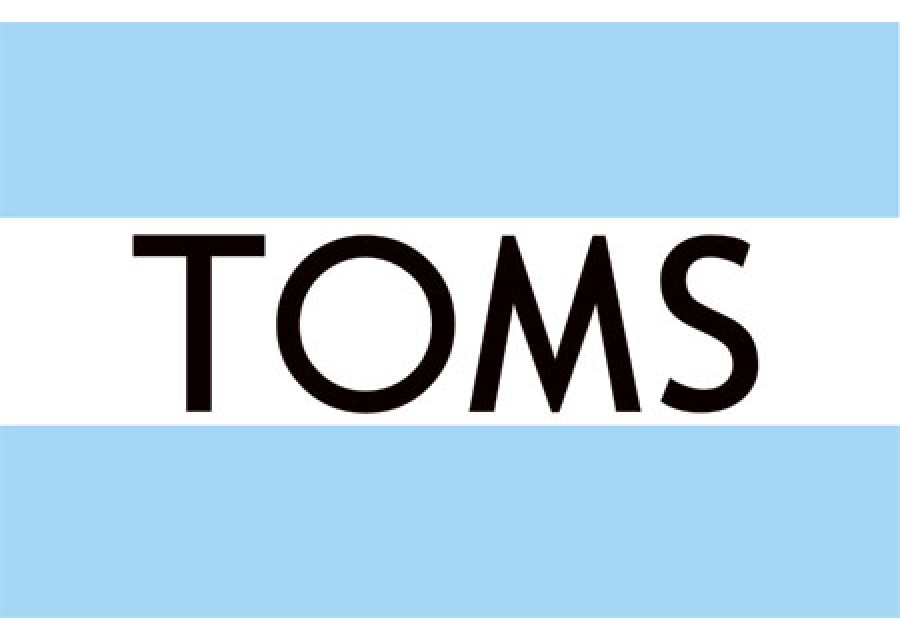As a recent Sauderite, I am on the road to learning more about finance. I need access to reliable resources to expand my knowledge and to develop an area of expertise. Premier financial news sites, like the Wall Street Journal and the Economist require annual subscriptions of over $ 100. “Freemium” sites don’t offer much insight, either.
During my quest for resources I came across a very interesting blog. To my delight, I realized that the BNN’s (Business News Network) blog sections have daily posts on a variety of topics, quite often with a financial focus
BNN’s daily posts provide a regular stream of very useful information. At my current level of education, the quality of the information I receive is still a priority. BNN’s blogs may not be at par with the Wall Street Journal or its likes. However, the quantity of information and the insights that BNN’s blogs provide is welcome.
BNN’s blogs have exposed me to ideas, discussions and topics I have never come across. Through these blogs I can now learn much about finance and related topics. As I continue my Sauder journey, I can be rest assured that I have access a valuable and reliable resource.
Links
- http://www.bnn.ca/Blogs.aspx












